Every year, breweries generate a massive amount of surplus yeast as a byproduct of the beer-making process. This waste product, often discarded, has recently caught the attention of researchers at MIT and Georgia Tech who see it as a potential solution for a pressing environmental issue: lead contamination in water.
Through a process known as biosorption, yeast cells demonstrate a remarkable ability to bind and absorb heavy metal ions, including lead, even at extremely low concentrations. Recognizing the potential of this natural phenomenon, the research team set out to develop a practical application for harnessing yeast’s lead-absorbing capabilities.
Previous studies by Patricia Stathatou, now a research scientist at Georgia Tech, and Christos Athanasiou, an assistant professor of aerospace engineering at Georgia Tech, had already demonstrated that the amount of waste yeast from a single brewery in Boston could theoretically treat the entire city’s water supply. However, the challenge lay in efficiently removing the yeast from the water after it had absorbed the lead.
The solution emerged from a serendipitous encounter at the AIChE Annual Meeting in Boston in 2021. Devashish Gokhale, a graduate student at MIT, was presenting his research on using hydrogels to capture micropollutants in water. This technology dovetailed perfectly with Stathatou and Athanasiou’s work, leading to a collaborative effort to encapsulate the yeast within hydrogels.
Gokhale explains the innovative approach: “What we decided to do was make these hollow capsules — something like a multivitamin pill, but instead of filling them up with vitamins, we fill them up with yeast cells. These capsules are porous, so the water can go into the capsules and the yeast are able to bind all of that lead, but the yeast themselves can’t escape into the water.”
These capsules, made from polyethylene glycol (PEG), a biocompatible polymer commonly used in medical applications, are about half a millimeter in diameter. Their porous nature allows water to flow through, coming into contact with the encapsulated yeast, while securely containing the yeast cells within.
Tests conducted by the team confirmed that the encapsulated yeast performed just as effectively as unencapsulated yeast in removing trace amounts of lead from water. Further investigations led by Athanasiou focused on the mechanical stability of the hydrogel capsules. The results were encouraging: the capsules, along with the encapsulated yeast, could withstand the pressures of water flow from a typical faucet and even the forces present in water treatment plants serving hundreds of homes.
Addressing a common obstacle in scaling up biosorption technologies, Athanasiou emphasizes, “Lack of mechanical robustness is a common cause of failure of previous attempts to scale-up biosorption using immobilized cells; in our work, we wanted to make sure that this aspect is thoroughly addressed from the very beginning to ensure scalability.”
Building on their findings, the team constructed a proof-of-concept biofilter packed with yeast-laden capsules. This filter successfully treated trace lead-contaminated water, consistently meeting the U.S. Environmental Protection Agency’s drinking water guidelines for 12 days of continuous operation.
The researchers highlight the potential energy savings of this approach compared to existing physicochemical methods for removing trace inorganic compounds from water, such as precipitation and membrane filtration.
The environmental and economic implications of this technology are significant. By repurposing a waste product readily available from breweries, the process embodies the principles of a circular economy, minimizing waste and environmental impact while potentially creating economic opportunities within local communities.
Gokhale emphasizes the potential impact on underserved communities: “We think that there’s an interesting environmental justice aspect to this, especially when you start with something as low-cost and sustainable as yeast, which is essentially available anywhere.”
The research team is actively exploring methods for recycling and replacing the yeast within the capsules after they have reached their lead-absorbing capacity and determining the optimal frequency for replacement. Further research aims to explore the use of biomass-derived feedstocks to create hydrogels, replacing fossil-fuel-based polymers, and to investigate the potential of using yeast to capture other types of contaminants.
Stathatou envisions a broader application for this technology: “Moving forward, this is a technology that can be evolved to target other trace contaminants of emerging concern, such as PFAS or even microplastics. We really view this as an example with a lot of potential applications in the future.”
The image is courtesy of MIT.
The original article can be accessed here.



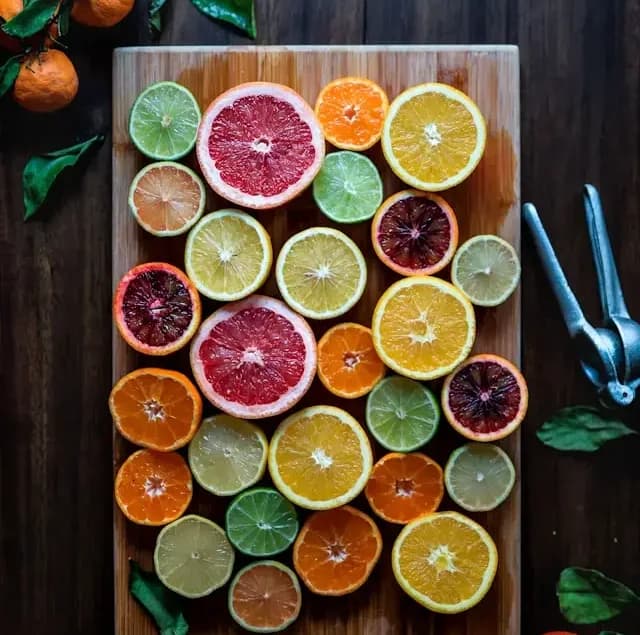

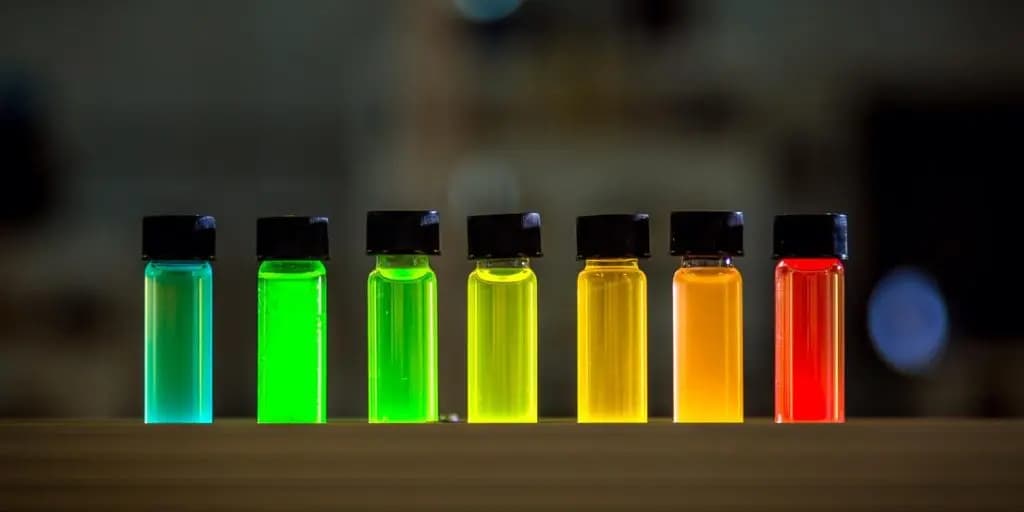

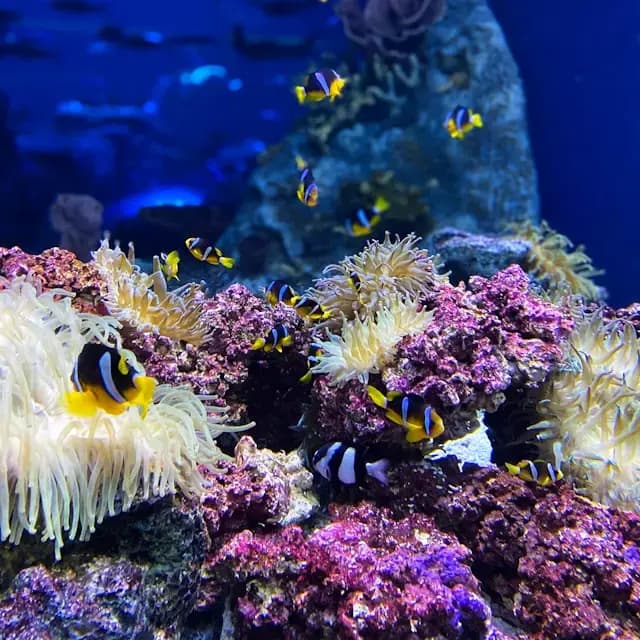

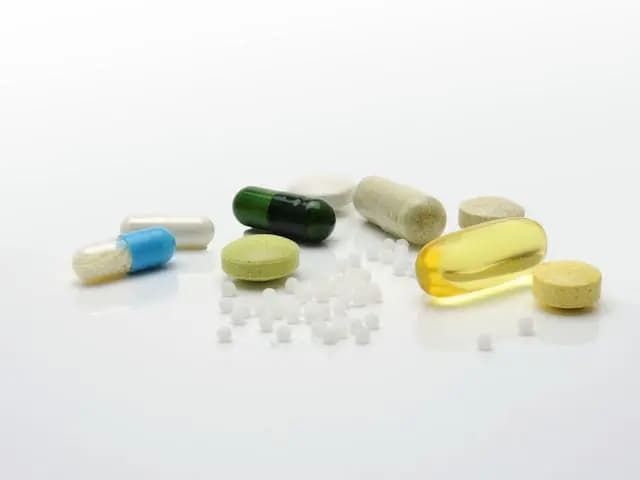
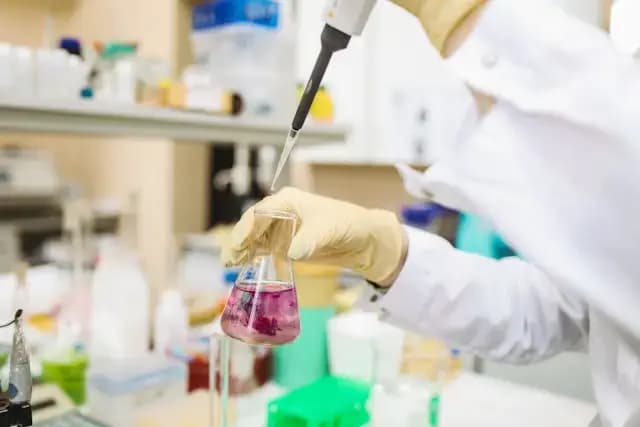

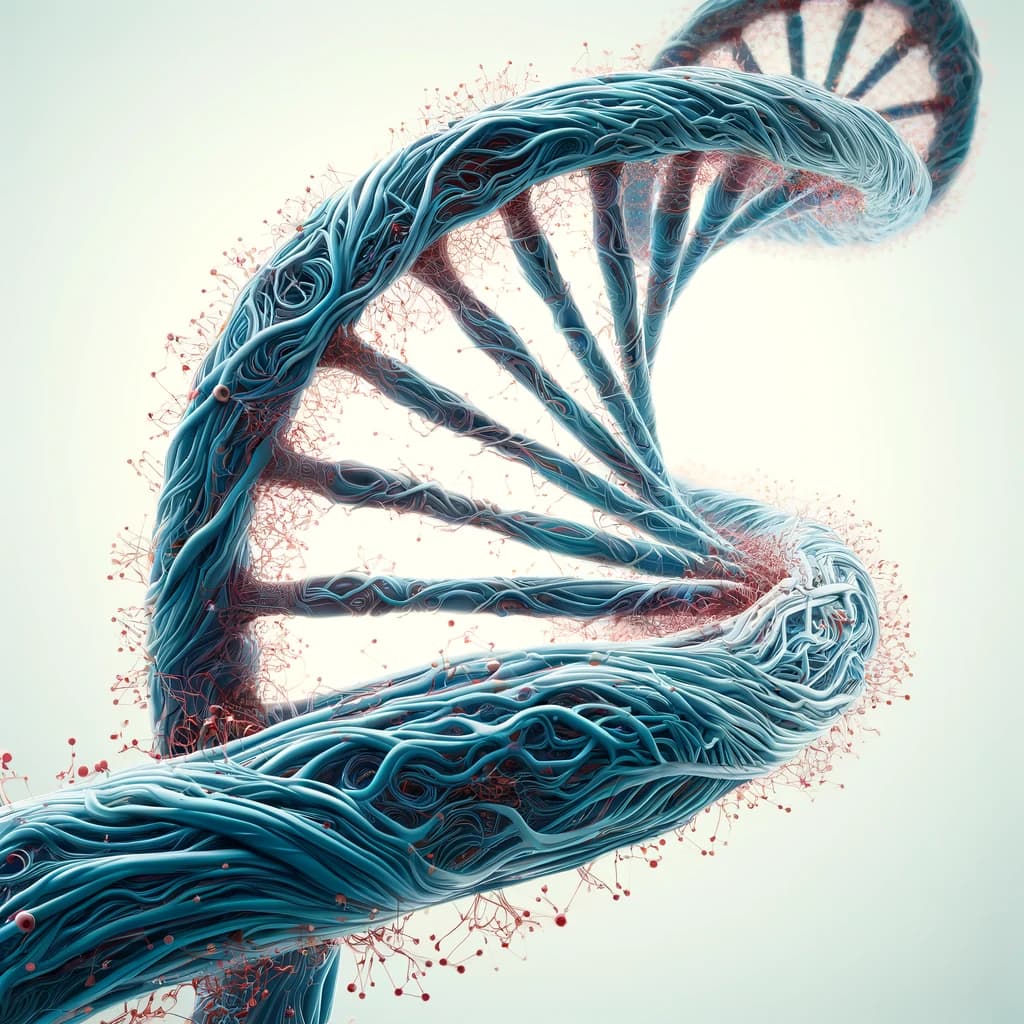
Responses (0 )